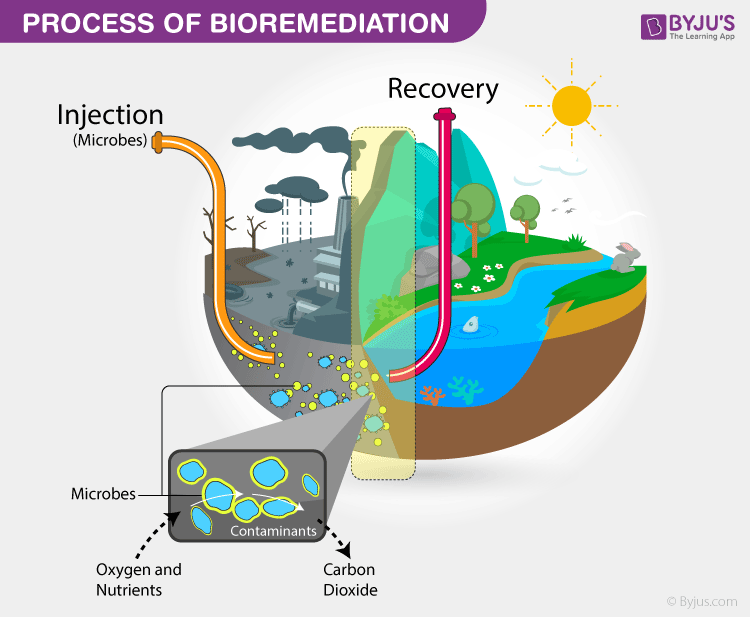Videos
Maret 19, 2019
Liquefaction Process (on LNG Plant)
Source : Youtube
In physics and chemistry, the form of solid or gas to liquid (melting, condensation, respectively) may be referred to as liquefaction. The liquefaction point is the temperature and pressure at which a solid becaomes a liquid. In industrial the process of condensing a gas to liquid is sometimes referred to as liquifaction of gases.
#videos
In physics and chemistry, the form of solid or gas to liquid (melting, condensation, respectively) may be referred to as liquefaction. The liquefaction point is the temperature and pressure at which a solid becaomes a liquid. In industrial the process of condensing a gas to liquid is sometimes referred to as liquifaction of gases.
#videos






























